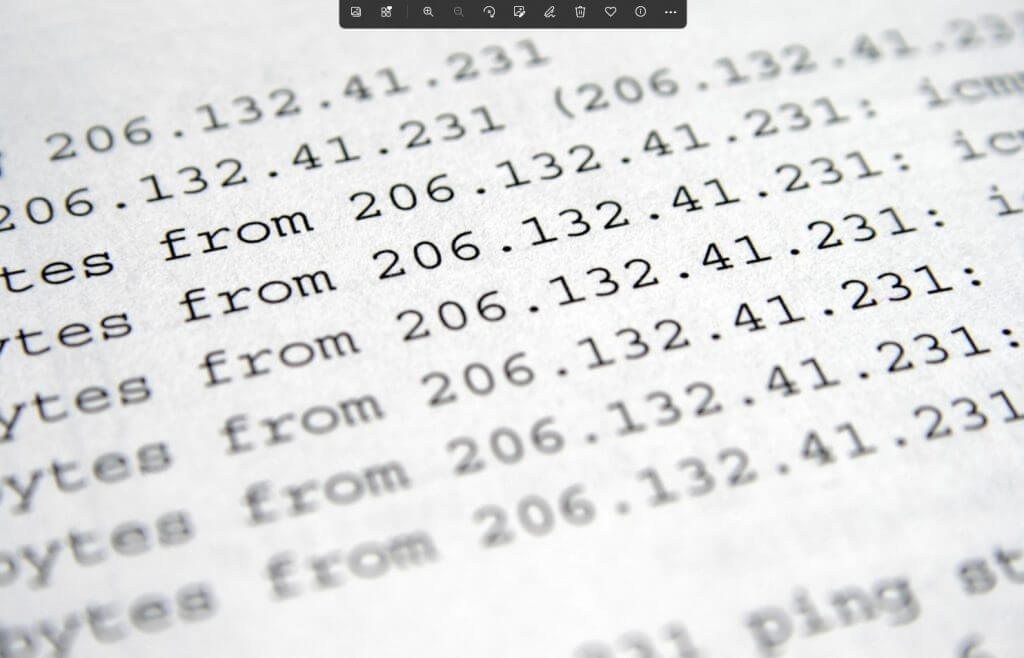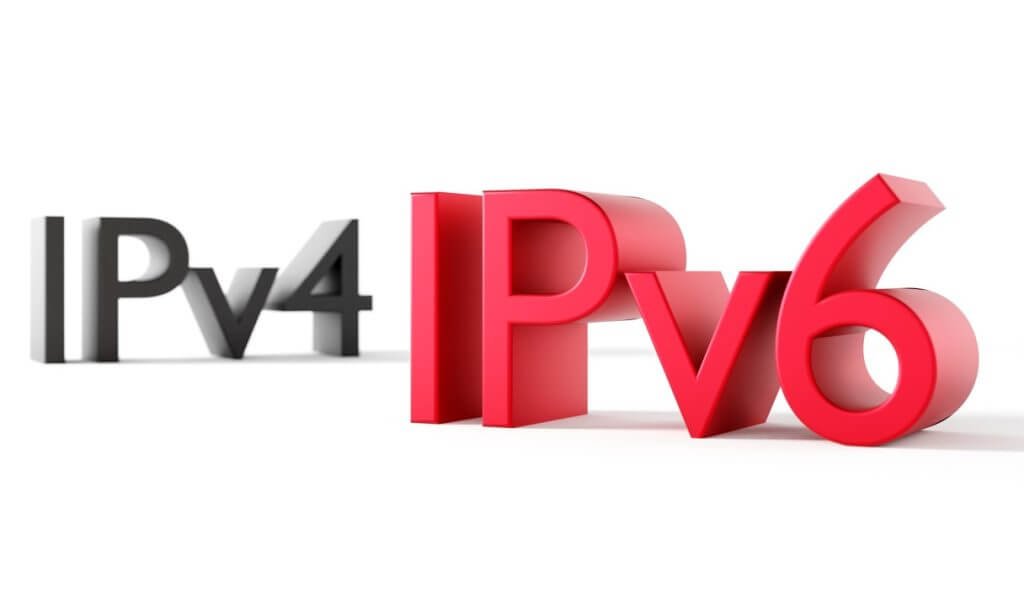The end of IPv4 addresses and the new era of IPv6!

Internet Protocol, or IP address, is a numerical representation created to identify a specific interface on a network.

Although it is already part of our daily lives, IP was created more than 40 years ago by computer scientist Jon Postel. The first IP RFC was RFC 760, published in January 1980.
Shortly afterwards RFC 760 became obsolete and was replaced by RFC 791 in September 1981, authored by Jon Postel himself.

Jon contributed significantly to the development of the internet. It is known for being the editor of the Request for Comments (RFCs) series of documents and for administering the Internet Assigned Numbers Authority.
The Internet Society’s Postel Prize is named in his honor, as is the Postel Center at the Information Sciences Institute. His obituary was written by Vint Cerf and published as RFC 2468 in memory of Postel and his work.
While IPV4 is made up of 32-bit decimals and allows for 4.3 million unique addresses, which are running out. IPV6 has 128 bits, hexadecimal places, and provides 340 undecillion unique addresses to its users.
IPv6 is the latest version of the Internet Protocol. Made official on June 6, 2012, it is the result of the IETF’s efforts to create a “new generation of IP”
The IETF’s mission is to identify and propose solutions to issues/problems related to the use of the Internet, in addition to proposing standardization of the technologies and protocols involved.

